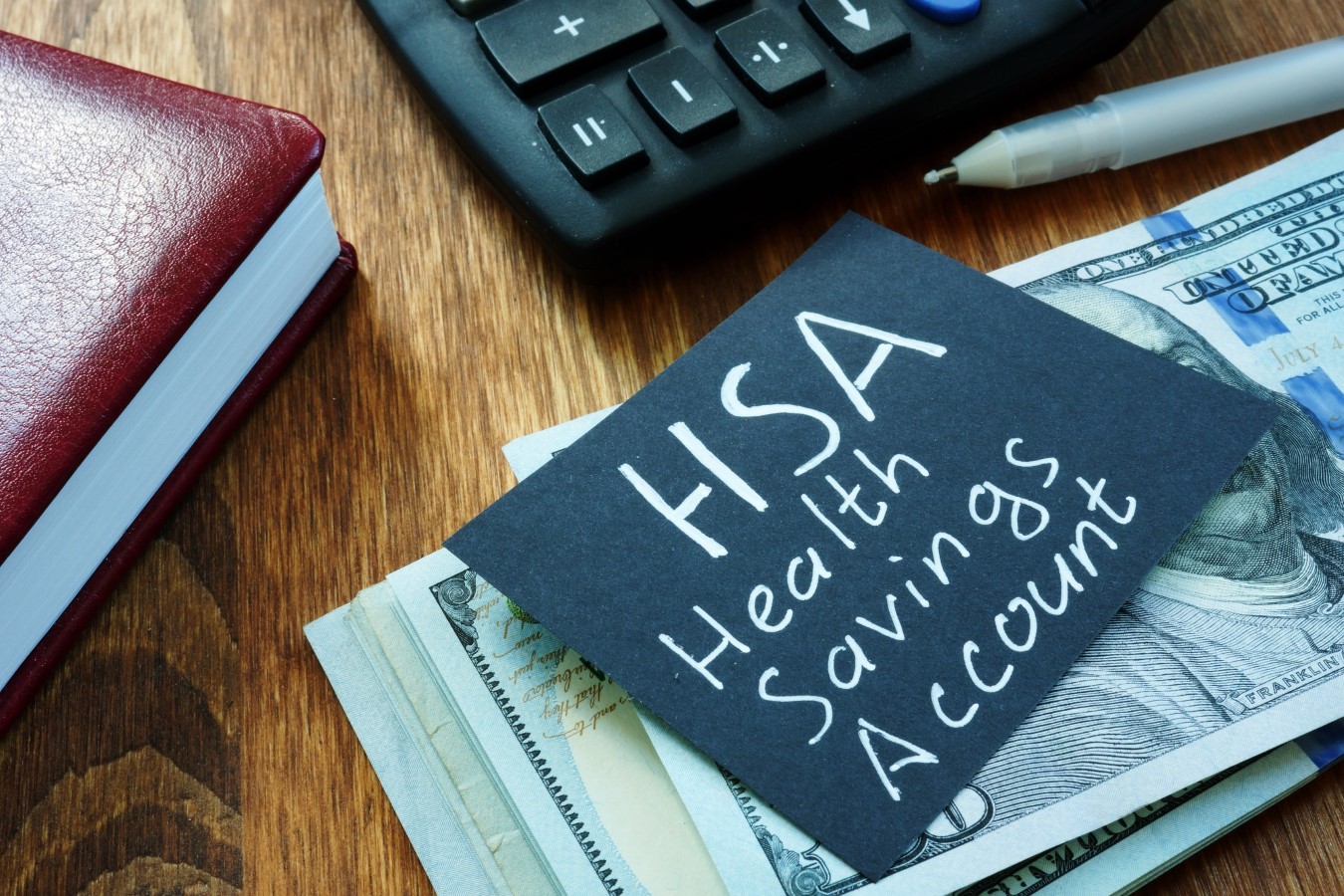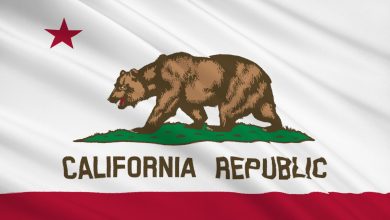Americans Scramble To Stockpile Savings As Medicare Trust Fund Faces Looming Insolvency – Financial Freedom Countdown

In 2023, the U.S. government reported roughly 36 million Health Savings Accounts (HSAs) collectively holding over $116 billion in assets—an astonishing surge of more than 500% over the past decade.
Americans Forced to Save For Their Healthcare

Americans are increasingly taking control of saving and investing for their healthcare expenses using HSAs. This trend is particularly significant as it coincides with the projected depletion of the Medicare trust funds, which are expected to start in 2036.
The rise of HSAs can be seen as a response to the potential future healthcare funding gap.
Growing Popularity of Health Savings Accounts

The 2003 Medicare Modernization Act gave rise to health savings accounts (HSAs), now the most popular type of consumer-driven health plan (CDHP). A CDHP is a type of health insurance plan in which individuals can use their money to pay for healthcare expenses before the insurance coverage kicks in.
HSAs combine a high-deductible health insurance plan with an account that can be funded with pretax dollars, giving carriers a tax-advantaged way to pay for eligible health care expenses.
Introduced in 2004, HSAs allow pretax contributions that grow tax-free and can be withdrawn tax-free for qualified medical expenses. These accounts complement high-deductible health plans and ease medical cost burdens. HSAs are versatile and can be used for immediate medical needs or invested for long-term financial growth and future expenses.
Growth in HSA Assets

The Devenir HSA Research Report confirms strong asset growth in HSAs, fueled by stock market gains that led to record asset increases in 2023. Despite slowing HSA growth, there were $123 billion in HSA assets and more than 37 million accounts by the end of 2023. This figure marks a 19% rise in assets and an annual 5% increase.
The growth of HSA investing remains steady, with about 2.9 million HSAs — nearly 8% of all accounts — having at least some of their funds invested. Devenir forecasts that the HSA market will approach 44 million accounts and hold around $168 billion in assets by the end of 2026.
Combination of Funds Responsible for HSA Growth

According to the report, employers contributed 26% of all HSA funds, with an average employer contribution of $929 per contributor.
Employees provided 64% of all HSA funds, averaging $2,269 per contributor.
Another 9% of all HSA funds came from individuals with accounts not linked to an employer, with an average contribution of $2,368 per contributor.
The Good, Bad, and Ugly of Health Savings Accounts

While 80% of Americans consider health insurance a priority benefit, half are unfamiliar with HSA features. This lapse in understanding leads to missed opportunities to fully leverage benefits.
HSA Benefits

Three HSA tax advantages include:
1. Tax-free contributions: Account holders contribute pretax dollars through paycheck deductions.
2. Tax-free growth: All HSA account interest and earnings, such as dividends or appreciation, grow tax-free. Many HSA providers offer investment options so account holders can invest in the stock market. By the end of 2023, account holders invested 38% of all HSA assets.
3. Tax-free withdrawals: Everyone can pay for their qualified medical expenses tax-free. The Internal Revenue Service determines what qualifies as qualified medical expenses based on IRS publication 502, Medical and Dental Expenses.
At age 65, consumers can utilize HSA funds for non-medical expenses, though the money is taxable. Because of this advantage, qualifying Americans can use the HSA as a retirement fund. This advantageous flexibility can incentivize those planning for retirement.
Healthcare Costs Responsibility Moved to Consumers

Initially, HDHPs and HSAs reduced healthcare costs by shifting healthcare spending responsibilities to individuals. However, these plans shifted expenses from employers to workers and their families instead of tackling the root causes behind high healthcare costs.
HSAs allow registrants to cover out-of-pocket costs with pretax dollars. But in 2020, the National Institute of Health reported that 32% of consumers not contributing to HSAs could not afford to. Consequently, individuals with HDHPs seek medical attention less often.
HSA Benefits High-Income Earners

Critics of HSAs have cited the accounts’ favor of high-income individuals and their potential for worsening racial and ethnic disparities.
In 2022, the Congressional Research Service analyzed IRS data and found that tax returns with adjusted gross incomes over $500,000 were the most likely to report individual HSA contributions, while returns between $200,000 and $1 million were the most likely to report employer HSA contributions.
HSA opponents argue that this inequitable distribution of benefits exacerbates existing wealth disparities.
HSA Function as a Tax Shelter

Additionally, HSAs sometimes act as tax shelters for wealthy account holders while offering little to improve coverage and affordability to the general population.
Furthermore, HSAs pose a significant cost to the federal government — around $13 billion in 2022 and nearly $180 billion over the next decade in lost tax revenue.
Social Security and Medicare Boards of Trustees Paint a Grim Picture

The 2024 annual Social Security and Medicare trust funds report indicates ongoing Social Security and Medicare financing challenges.
Current estimates reveal that the Hospital Insurance (HI) Trust Fund can cover 100% of benefits until 2031. HI trust fund reserves expire after 2031, leaving enough income to pay only 89% of scheduled benefits. This discrepancy could increase healthcare costs for individuals, boosting the need for personal healthcare savings.
Systemic changes must ensue, though lawmakers offer few options for sweeping changes that reduce or eliminate shortfalls in long-term financing. Potential solutions include increasing the tax rate, reducing benefits, or finding other sources of revenue to replenish the trust fund.
While these are complex and politically sensitive issues that require careful consideration and planning, a number of Americans are proactively planning for the future with HSAs.
Like Financial Freedom Countdown content? Be sure to follow us!
Discover Why Buying a Home in Major Cities is Becoming an Impossible Dream and Uncover the Top 5 Most and Least Affordable Cities

Anyone who has observed the housing market over the last four years can attest to the growing difficulty of buying a home, especially in the United States. A new report categorizes some major cities around the world as “impossibly unaffordable,” reflecting the sentiments of many prospective home buyers.
Discover the Top City for Pet-Friendly Rentals And Why It Might Not Be What You Expect

As pet ownership surges, the demand for pet-friendly rentals is skyrocketing. Urban residents now prioritize not just affordability and convenience, but communities that warmly welcome their furry companions, making pet-friendliness a key factor in housing choices.
Discover the Top City for Pet-Friendly Rentals And Why It Might Not Be What You Expect
Financially Fragile Households Are Embracing ‘Buy Now, Pay Later’ Plans at an Alarming Rate

Over the past year, 89% of financially vulnerable individuals have made multiple “Buy Now, Pay Later” (BNPL) purchases, according to a New York Fed report. While BNPL provides flexibility by allowing payments over time, often interest-free, the Consumer Financial Protection Bureau (CFPB) has raised concerns about its growing use. These risks include inconsistent consumer protections and the dangers of accumulating excessive debt and overextending financial commitments.
Financially Fragile Households Are Embracing ‘Buy Now, Pay Later’ Plans at an Alarming Rate
Here’s the Maximum Possible Social Security Benefit And How to Avoid Missing Out

Maximizing your Social Security benefits is essential for a prosperous retirement, especially since nearly half of all retirees aged 65 and older depend on Social Security for the majority of their income, according to the Social Security Administration.
Here’s the Maximum Possible Social Security Benefit And How to Avoid Missing Out
Discover Government Programs Offering Free Land for Affordable Homeownership from Colorado to Iowa

Small towns across America are enticing new residents with free land for homebuilding and community participation. Amid soaring housing costs, these innovative programs aim to attract fresh faces and boost local economies. Stretching from the Midwest to the Mountain states, these offers provide not just affordable housing but also the chance to become part of a close-knit community and enjoy a new lifestyle.
Discover Government Programs Offering Free Land for Affordable Homeownership from Colorado to Iowa
20 Brilliant Strategies to Invest in Real Estate with Little to No Money

Reviewing the list of income-producing assets backed by collateral, real estate typically features high. In fact, real estate is one of the best ways to build generational wealth. However, investing in real estate usually requires money. Typically, you need at least a 25% down payment for buying a rental property. Often individuals wonder how to invest in real estate with little or no money. Your lack of funds will have to be made up by sweat equity or adjustments in your lifestyle. After all, there is no free lunch. Let’s get started!
20 Brilliant Strategies to Invest in Real Estate with Little to No Money

Did you find this article helpful? We’d love to hear your thoughts! Leave a comment with the box on the left-hand side of the screen and share your thoughts.
Also, do you want to stay up-to-date on our latest content?
1. Follow us by clicking the [+ Follow] button above,
2. Give the article a Thumbs Up on the top-left side of the screen.
3. And lastly, if you think this information would benefit your friends and family, don’t hesitate to share it with them!

John Dealbreuin came from a third world country to the US with only $1,000 not knowing anyone; guided by an immigrant dream. In 12 years, he achieved his retirement number.
He started Financial Freedom Countdown to help everyone think differently about their financial challenges and live their best lives. John resides in the San Francisco Bay Area enjoying nature trails and weight training.
Here are his recommended tools
Personal Capital: This is a free tool John uses to track his net worth on a regular basis and as a retirement planner. It also alerts him wrt hidden fees and has a budget tracker included.
Platforms like Yieldstreet provide investment options in art, legal, real estate, structured notes, venture capital, etc. They also have fixed-income portfolios spread across multiple asset classes with a single investment with low minimums of $10,000.



